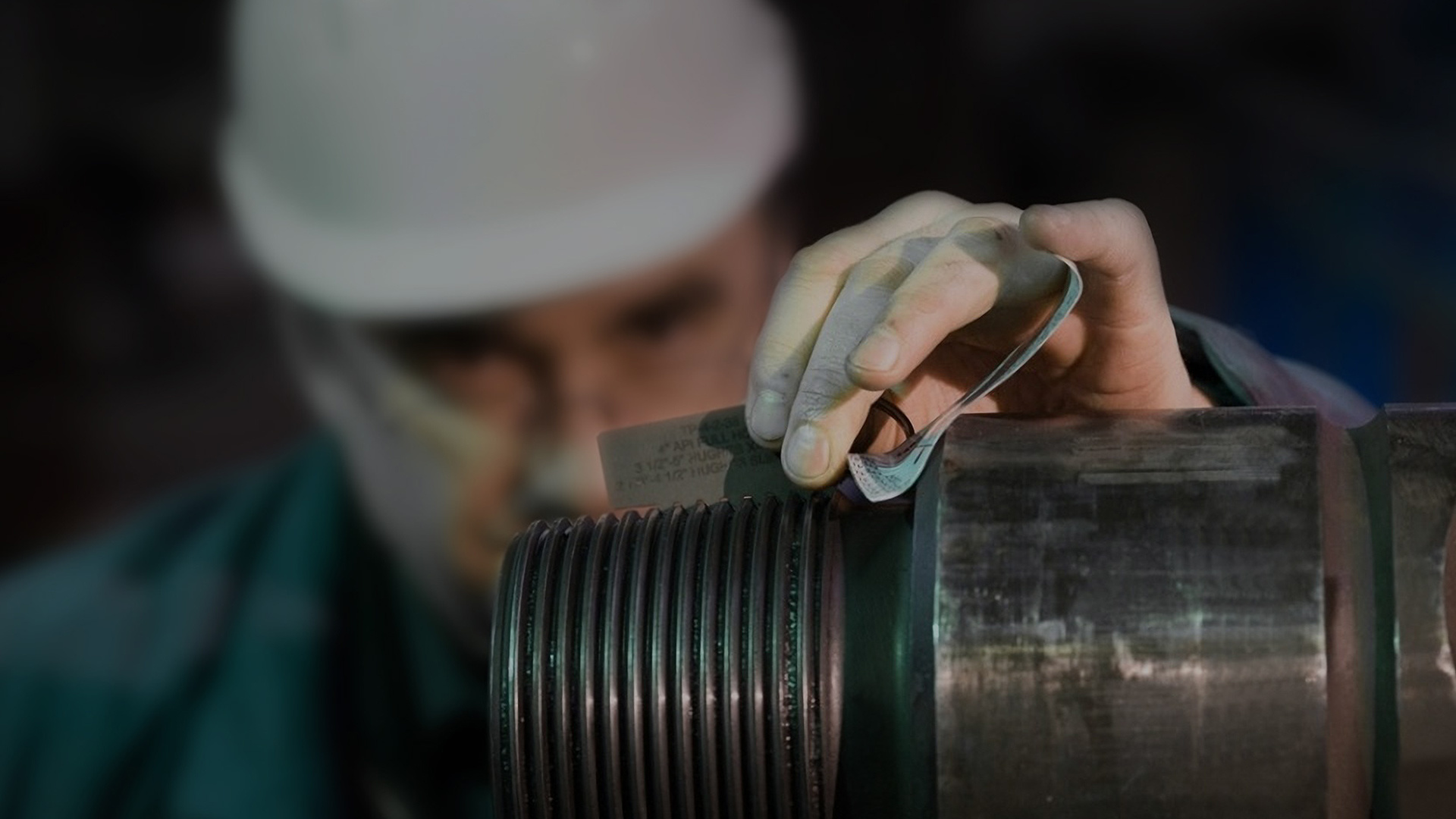Deliver value through cost-effective steel solutions
The Role of Galvanized Steel Coils in Enhancing Building Durability
Apr 27,2025
The Role of Galvanized Steel Coils in Enhancing Building Durability Table of Contents 1. Introduction to Galvanized Steel Coils 2. Understanding the Galvanization Process 3. Benefits of Using Galvanized Steel Coils in Construction 4. Applications of Galvanized Steel Coils in Building and Construction 5. Comparison with Other Construction Materials 6. Environmental Impact a

The Role of Galvanized Steel Coils in Enhancing Building Durability
Table of Contents
- 1. Introduction to Galvanized Steel Coils
- 2. Understanding the Galvanization Process
- 3. Benefits of Using Galvanized Steel Coils in Construction
- 4. Applications of Galvanized Steel Coils in Building and Construction
- 5. Comparison with Other Construction Materials
- 6. Environmental Impact and Sustainability
- 7. Maintenance and Lifespan of Galvanized Steel Coils
- 8. The Future of Galvanized Steel in Construction
- 9. Frequently Asked Questions (FAQs)
- 10. Conclusion
1. Introduction to Galvanized Steel Coils
In the world of modern construction, durability and resilience stand as critical factors in material selection. **Galvanized steel coils** have emerged as a popular choice for builders seeking to enhance structural integrity while minimizing maintenance costs. This article explores the multifaceted role of galvanized steel coils in building durability, shedding light on their benefits, applications, and long-term value.
2. Understanding the Galvanization Process
The process of galvanization involves coating steel with a layer of zinc to protect it from corrosion. This method not only prolongs the life of the steel but also enhances its physical and aesthetic properties. The most common technique for galvanization is **hot-dip galvanization**, where steel is submerged in a molten zinc bath. This process ensures that the zinc adheres firmly to the steel surface, creating a robust barrier against environmental factors.
The Process of Hot-Dip Galvanization
To appreciate the durability of galvanized steel coils, it is essential to understand the steps involved in hot-dip galvanization:
1. **Surface Preparation**: The steel surface is cleaned to remove any impurities, such as rust, oil, and dirt.
2. **Fluxing**: A flux solution is applied to prevent oxidation before galvanization.
3. **Hot-Dip Galvanization**: The prepared steel is immersed in molten zinc, leading to a metallurgical bond that forms several layers of zinc-iron alloy.
4. **Cooling and Inspection**: After removal from the zinc bath, the coated steel is cooled and inspected for quality and thickness.
3. Benefits of Using Galvanized Steel Coils in Construction
The advantages of employing galvanized steel coils in building projects are substantial. Below, we discuss the primary benefits:
Corrosion Resistance
Galvanized steel’s first line of defense is its zinc coating, which provides excellent resistance to rust and corrosion. This characteristic is particularly important in areas with high humidity or exposure to harsh weather conditions.
Longevity and Durability
The lifespan of galvanized steel is impressive, often exceeding 50 years even in harsh environments. This longevity reduces the need for frequent replacements, making it a cost-effective choice for builders.
Lower Maintenance Costs
Due to its corrosion-resistant properties, galvanized steel requires minimal maintenance. This factor significantly reduces not only the cost of upkeep but also the time invested in maintaining structures.
Enhanced Structural Integrity
Galvanized steel coils provide superior strength compared to non-galvanized counterparts. This enhanced structural integrity contributes to the overall safety and durability of buildings.
Aesthetic Appeal
Modern galvanized steel coils can be manufactured in various finishes and colors, making them suitable for both functional and decorative applications. This flexibility allows architects to incorporate galvanized steel into diverse design aesthetics.
4. Applications of Galvanized Steel Coils in Building and Construction
The versatility of galvanized steel coils makes them suitable for various applications within the building industry. Here are some prominent uses:
Structural Components
Galvanized steel is commonly used in beams, columns, and trusses due to its strength and durability. These structural components can withstand heavy loads and resist deformation over time.
Roofing Systems
Galvanized steel coils are often utilized in roofing applications. Their resistance to weathering and corrosion makes them an ideal choice for roofing panels, providing protection and aesthetic appeal.
Wall Cladding
As wall cladding materials, galvanized steel coils offer not only durability but also modern design options. They can enhance the building’s exterior while ensuring long-lasting performance.
Fencing and Gates
Galvanized steel is a popular choice for fencing and gates due to its robust nature. The corrosion resistance of galvanized steel ensures that these structures maintain integrity over time, even in outdoor settings.
HVAC Ductwork
In heating, ventilation, and air conditioning (HVAC) systems, galvanized steel coils are widely used for ductwork. The material’s durability ensures that air systems function efficiently without degradation.
5. Comparison with Other Construction Materials
When evaluating materials for construction, it’s essential to compare galvanized steel coils with alternatives such as aluminum, stainless steel, and untreated steel. Each material has its advantages and disadvantages:
Vs. Aluminum
While aluminum is lightweight and resistant to corrosion, it lacks the structural strength of galvanized steel. In situations requiring heavy load-bearing capabilities, galvanized steel is the superior choice.
Vs. Stainless Steel
Stainless steel offers corrosion resistance and strength; however, it comes at a higher price point. For budget-conscious projects, galvanized steel provides similar benefits at a more accessible cost.
Vs. Untreated Steel
Untreated steel is prone to rust and corrosion, significantly reducing its lifespan. In contrast, galvanized steel offers a protective layer, making it a far more durable option for construction.
6. Environmental Impact and Sustainability
The sustainability of construction materials is a growing concern. Galvanized steel coils offer several environmental advantages:
Recyclability
Galvanized steel is highly recyclable, contributing to a circular economy. When a structure is demolished, the steel can be reclaimed and repurposed, reducing waste in landfills.
Energy Efficiency
Using galvanized steel can enhance energy efficiency in buildings. The reflective properties of galvanized surfaces can lower heating and cooling costs, promoting sustainable building practices.
Long-Term Performance
The extended lifespan of galvanized steel reduces the need for frequent replacements, resulting in lower resource consumption over time. This characteristic aligns with sustainable construction goals.
7. Maintenance and Lifespan of Galvanized Steel Coils
Understanding the maintenance needs and lifespan of galvanized steel coils is crucial for builders and homeowners alike:
Routine Inspections
While galvanized steel requires minimal maintenance, periodic inspections are essential to identify any potential wear or damage. Regular checks can help address issues before they escalate.
Cleaning and Care
Keeping galvanized steel surfaces clean enhances their longevity. A simple wash with soap and water can effectively remove dirt and contaminants, preserving the protective zinc layer.
Expected Lifespan
Under normal conditions, galvanized steel coils can last for decades. Factors such as environmental exposure and manufacturing quality play a significant role in determining their actual lifespan.
8. The Future of Galvanized Steel in Construction
As the construction industry evolves, so does the role of galvanized steel coils. Emerging trends and technologies are shaping their future:
Innovative Coating Techniques
Advancements in coating technology aim to enhance the protective qualities of galvanized steel, increasing its resistance to environmental stressors and expanding its applications.
Integration with Smart Technologies
The integration of smart technologies in construction presents opportunities for galvanized steel. Enhancing structural monitoring capabilities can lead to improved safety and maintenance practices.
Sustainable Building Practices
With growing emphasis on sustainability, galvanized steel’s recyclability and energy efficiency position it as a leading material in green building initiatives, aligning with future construction goals.
9. Frequently Asked Questions (FAQs)
What is the primary advantage of using galvanized steel coils in construction?
The primary advantage is their exceptional corrosion resistance, which enhances durability and reduces maintenance costs.
How does the galvanization process work?
Galvanization involves coating steel with a layer of zinc through techniques like hot-dip galvanization, providing a protective barrier against rust.
Can galvanized steel be used in coastal environments?
Yes, galvanized steel is suitable for coastal environments due to its corrosion-resistant properties, though additional protective measures may be recommended.
What is the lifespan of galvanized steel coils?
Galvanized steel typically lasts over 50 years, depending on environmental conditions and maintenance practices.
Is galvanized steel environmentally friendly?
Yes, galvanized steel is recyclable and promotes sustainability through its long lifespan and energy efficiency.
10. Conclusion
In summary, galvanized steel coils play a vital role in enhancing building durability. Their corrosion resistance, longevity, and low maintenance make them an ideal choice for various construction applications. As the industry continues to evolve, galvanized steel stands out not only for its performance but also for its contribution to sustainable construction practices. By choosing galvanized steel coils, builders and architects can ensure that their structures remain resilient, efficient, and environmentally friendly for years to come.
Releated News
Contact Info.
E-mail:
info@zthtsteel.com
Phone:
+86-18500313801
Whatsapp:
8618526720427
Fax:
+862268569909
Mailing Address:
Room 903, Block B, Haitai Xinxi Square, Hua Yuan Industrial Area,Tianjin,China. Zip code: 300384







